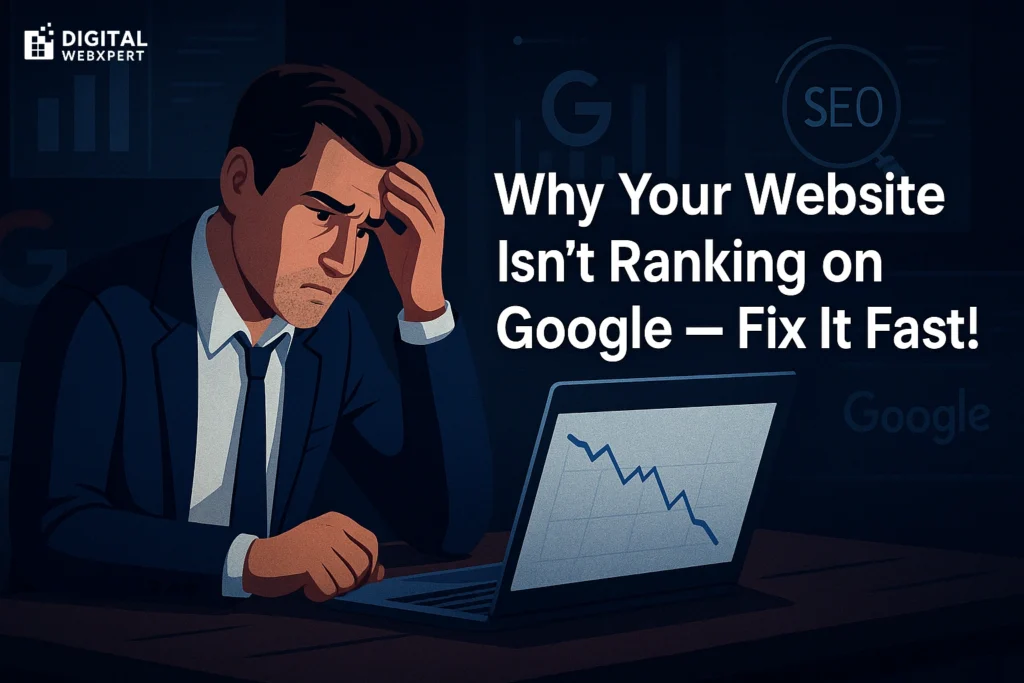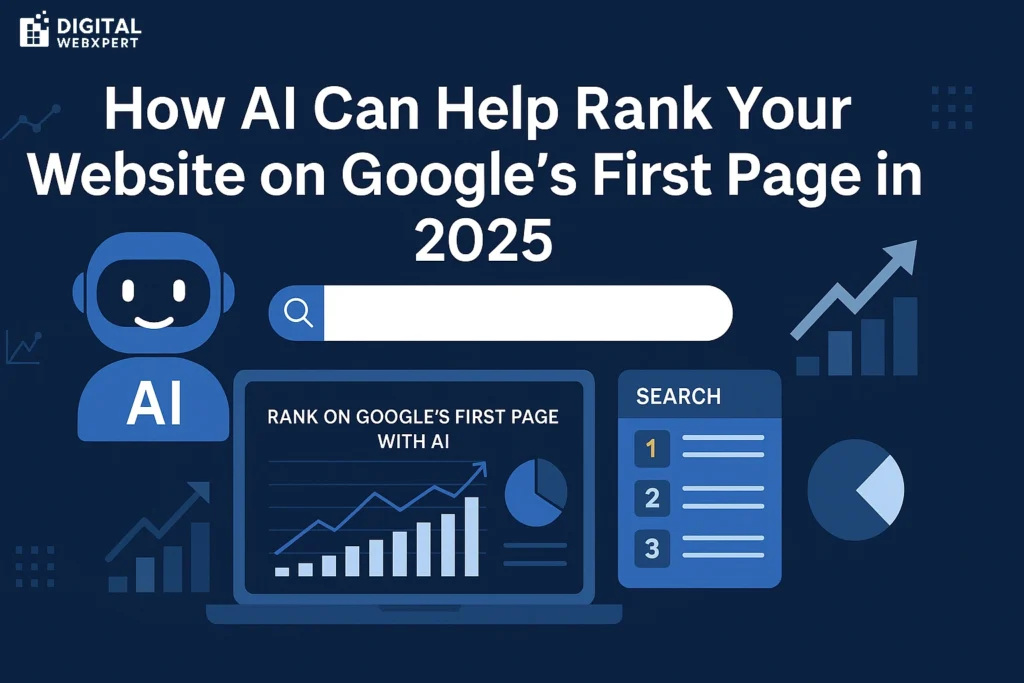Google Ranking
Unlocking the Mystery: How Google Decides Your Website’s Ranking
Ever wondered why some websites show up first on Google, while others are buried on page 10 (or worse, nowhere to be found)? It’s all about Google ranking. Understanding how Google ranks websites is like having a secret map to online success. This article will demystify Google ranking and give you a solid foundation to improve your website’s visibility.
What is Google Ranking?
Simply put, Google ranking refers to the position your website holds in Google’s search results. When someone searches for something related to your business, where does your website appear? The higher your ranking, the more visible you are to potential customers. A top ranking on page one means more clicks, more traffic, and ultimately, more success. But how does Google decide who gets the top spots?
The Secret Sauce: Google’s Algorithm
Google uses a complex algorithm—a secret recipe—to rank websites. It’s not just one thing, but many factors working together. Think of it as a giant puzzle with many pieces. Here are some key pieces:
1. Relevant Content is King
Google’s main goal is to provide users with the best possible search results. That means websites with high-quality, relevant content are rewarded with better rankings. What does relevant content mean? It means your website offers exactly what the user is looking for. If someone searches for “best pizza in Chicago,” your website should provide helpful information about Chicago pizza, not information about dog walking!
2. Website Speed: The Faster, The Better
Nobody likes a slow website. Google knows this too. Website speed plays a significant role in Google ranking. A slow website frustrates users, and a frustrated user means a less happy Google. Make sure your website loads quickly to please both your visitors and the Google algorithm.
3. Mobile Friendliness: Reach Everyone
More people access the internet through their phones than through computers. A website that’s not mobile-friendly will lose out on a huge portion of potential visitors. Google prioritizes websites that are easy to use on all devices.
4. Backlinks: Votes of Confidence
Imagine your website as a student. Good grades (relevant content) are important, but so are recommendations (backlinks). Backlinks are links from other websites to yours. Think of them as votes of confidence from other websites saying, “This website is good!” Many quality backlinks boost your Google ranking.
5. User Experience: Keep Them Happy
Google cares about user experience. If people bounce off your website quickly (leave without exploring), it suggests your website isn’t satisfying their needs. A good user experience (UX) means your website is easy to navigate, visually appealing, and provides a positive experience overall.
SEO and Google Ranking: Working Hand in Hand
Search Engine Optimization (SEO) is the practice of improving your website to rank higher in search results. It’s about making your website more appealing to Google (and to users). By focusing on the factors above—relevant content, website speed, mobile-friendliness, backlinks, and user experience—you can significantly improve your Google ranking through SEO.
Beyond the Basics: Diving Deeper
This overview has only scratched the surface of Google ranking. Many other factors contribute, including technical SEO aspects, keyword research, and content promotion. Learning more about these areas will help you refine your strategies and achieve even better results.
Are you ready to take your website’s Google ranking to the next level? The journey to online success begins with understanding how Google works. Stay tuned for more detailed articles on specific aspects of SEO.
search engine optimization, website traffic, improve google ranking, keyword optimization, backlink strategy




